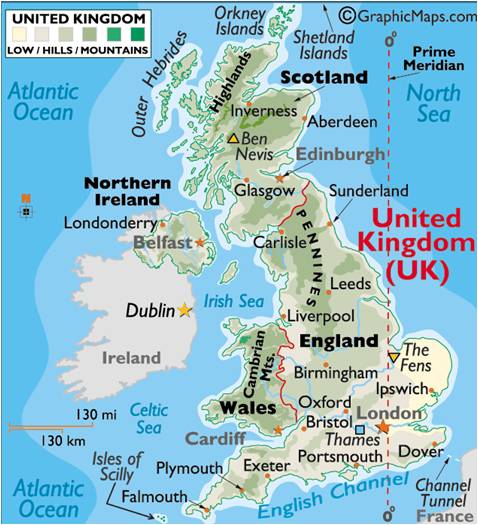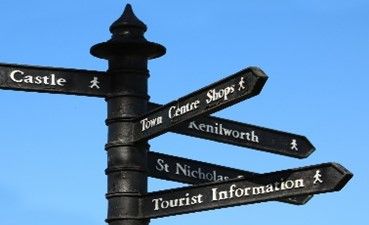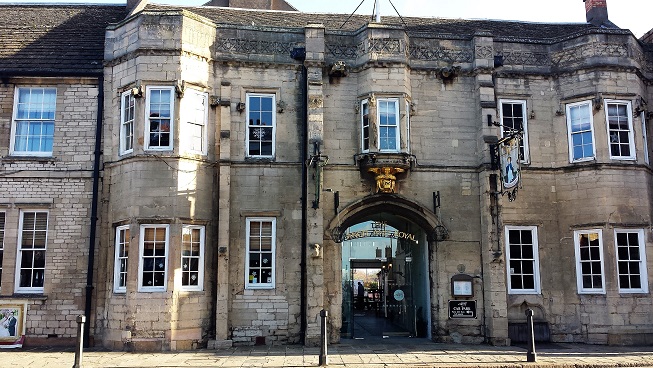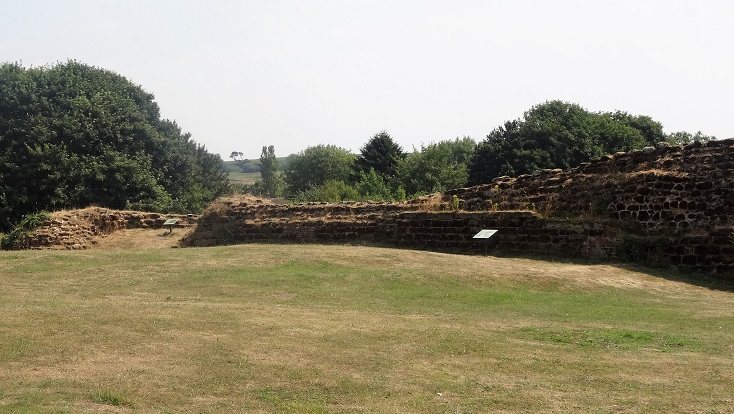


|
|
|||
|
|
Berkshire
Cambridgeshire Peterborough Cathedral Peterborough Cathedral was built on the site of a monastic settlement in 655, by King Peada, Anglo-Saxon king of Mercia, and was one of the first Christian centres in central England. Destroyed by the Vikings in the 9th century it and its church was rebuilt and developed over the years. Suffering damage during the revolt of Hereward the Wake in the 11th century the church was to be destroyed by fire in 1116. In 1536 it was to become the burial place of Catherine of Aragon, the wife of Henry VIII, and it was Henry who made it a Cathedral in 1541, possibly due to Catherine being buried there. Also buried there at one time, was Mary Queen of Scots before her body was transferred to Westminster Abbey. READ MORE
Ely Cathedral Oliver Cromwell’s Hous Lincolnshire Lincoln 
Lincoln Castle
Dating from the 13th-century, St Mary Magdalene Church has undergone several renovations and restorations. The current building was rebuilt in 1695 following the damaged sustained during the English Civil War when the church was subsequently demolished and reconstructed in a simple style typical of the late 17th century. READ MORE
St Mary's Guildhall, Lincoln is a domestic complex, which is believed to have been constructed as a town house for Henry II’s crown-wearing ceremonies of Christmas READ MORE
St Peter at Gowts Church
Set in parkland and a number of gardens, the estate contains an orangery and, although not part of Belton House, the grounds contain the Parish Church of St Peter and St Paul which dates back to Norman times and is the burial place of many of the previous owners of the estate. READ MORE
Angel & Royal Hotel
The Angel and Royal Hotel located in Grantham, Lincolnshire is officially the oldest Inn in England. Starting as a hostel, it was built and run by the Knights Templar and has served as such since 1203. It has accommodated a number of Royals including King John and Charles I. Today it is owned by Trust House Forte and is a Grade I Listed Building. READ MORE
Felbrigg Hall
Northamptonshire Rushton Hall Bamburgh Castle 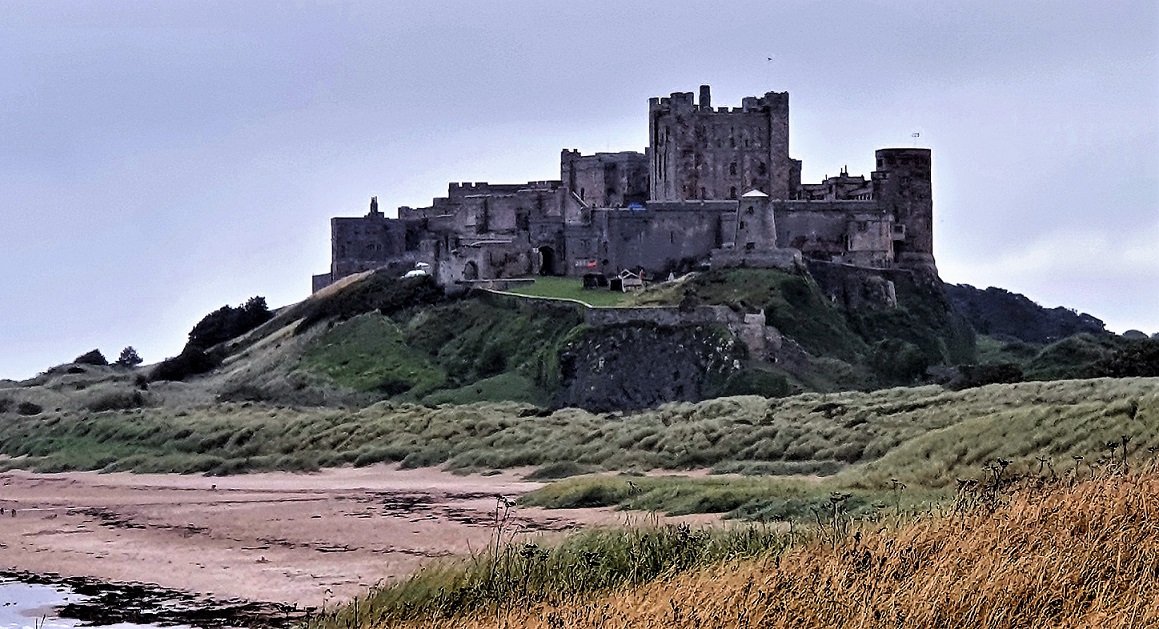 Bamburgh Castle originated as an Anglo-Saxon citadel, although it is believed to have been the location of a Celtic Brittonic fort. The Norman invasion of 1066 and subsequent domination of the land resulted in the Bamburgh Castle site being used as a base and the subsequent construction of a new castle which formed the basis for the present one. Having been in private ownership since 1610 it is open to the public who can visit a number of the State Rooms. READ MORE Bamburgh Castle originated as an Anglo-Saxon citadel, although it is believed to have been the location of a Celtic Brittonic fort. The Norman invasion of 1066 and subsequent domination of the land resulted in the Bamburgh Castle site being used as a base and the subsequent construction of a new castle which formed the basis for the present one. Having been in private ownership since 1610 it is open to the public who can visit a number of the State Rooms. READ MORENottinghamshire Warwick
Warwick Castle Warwick Castle has existed since 1068 when William the Conqueror established a motte-and-bailey fort on the site. The motte-and-bailey was replaced with a stone keep castle, with the buildings constructed against the curtain wall in the 12th century. Undergoing significant enhancement from the 14th century the castle has played an important part in English history. Today Warwick Castle is considered to be one of Britain's top historic houses and monuments. READ MORE
Kenilworth Castle
Dating from the 12th century Kenilworth Castle has played a significant part in English history. Owned and used by many English monarchs as a fortress palace and has played its part in rebellions resulting in its siege. It was used by Royalist forces during the English Civil War, resulting in being partly dismantled following the Parliamentary victory. With the restoration of the monarchy it was used as part of a farm. Today the castle is a Grade I listed building and a Scheduled Monument and although a ruin it attracts many visitors. READ MORE
Stonehenge The first major construction at Stonehenge was a circular ditch, with an inner and outer bank built about 3000 BCE. With its two entrances, the ditch enclosed an area about 100 metres in diameter. Today the banks are visible as low grass earthworks, but a great part of the external bank has been ploughed up. The ditch on the eastern side was excavated in the 1920’s making it deeper than the western side. READ MORE
York Minster Saint Mary’s Abbey |
|
|
|
|
|||
All Photographs were taken by and are copyright of Ron Gatepain
| Site Map |
